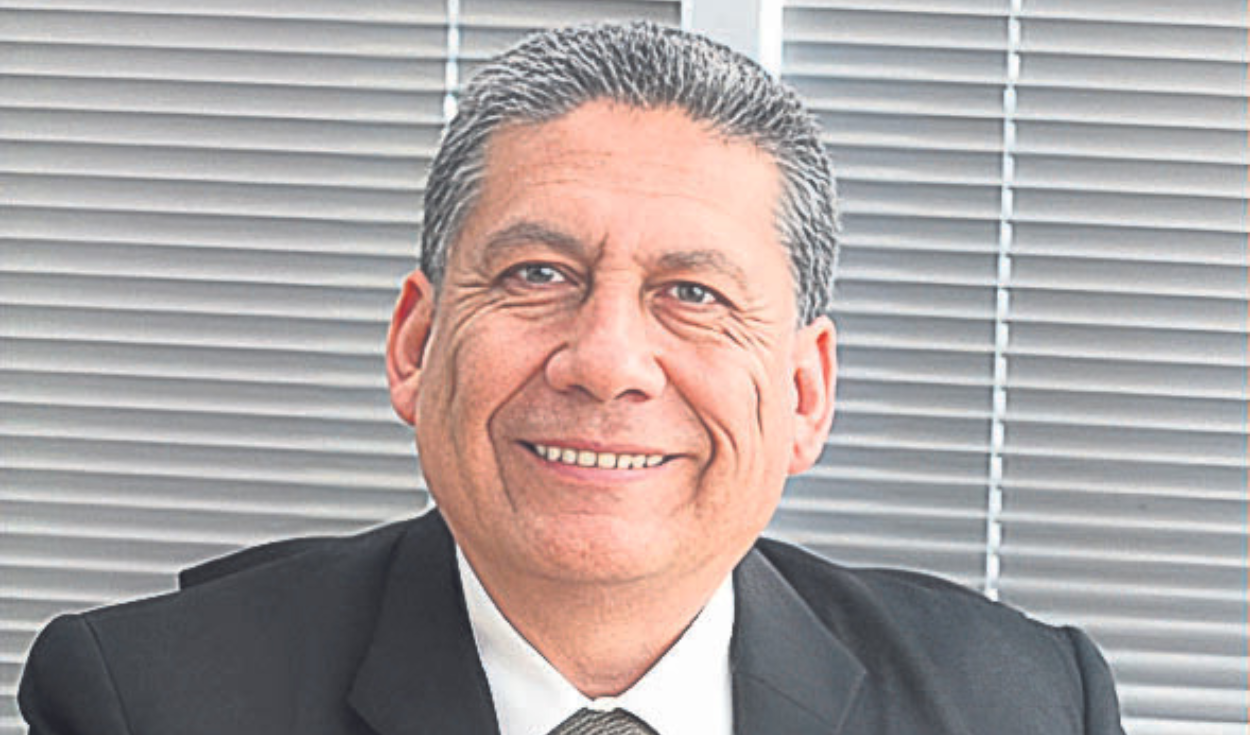
The main dams in Peru where electrical energy is generated are located in the center and south of the country. Senamhi predicts droughts in these regions. Cesar Butron, president of the COES, clarifies that there will be no power cuts. The country has a cold reserve to replace hydroelectric plants that stop working due to lack of water. However, he admits, it will be expensive energy like the last few months. Although he reiterates that high energy costs will not impact domestic electricity rates. These have fixed prices, at least until 2026.
–In August and September, the cost of energy skyrocketed, increasing from 100 soles to 900 soles megawatt per hour, however, in recent weeks, it fell almost eight times less. For what is this?
-To the availability of water. We were coming from a drought due to the various climatic events we faced (Yaku and Niño Costero) and that raised marginal costs to S/900 the megawatt/hour. It started to rain, we don’t need to burn diesel for now. Hopefully this continues in November and December to maintain that price range (S/140). If El Niño appears with drought again we will return to the same thing (S/900)
-40% of Peru’s energy comes from hydroelectric plants.
-In a drought year it is between 38% to 40%, with rain it can reach up to 55%.
-Is the low production of hydroelectric plants only due to the lack of water or is it that several went into maintenance?
-To the lack of water; and, indeed, there were two plants that failed. Chaglla was out of service for two months due to a mechanical failure and the other, in northern Peru, is affected by the Cyclone Yaku, the hydroelectric plant was buried by a landslide. By the end of the year everything should be fixed.
-In a scenario without rain, do we depend on diesel, which could also become more expensive with the war in the Middle East?
-Peru imports most of its oil, 220,000 barrels per day. It will continue to do so even if the Talara refinery comes into operation. If the world oil price doubles, the cost of energy in Peru would also double due to the international price. But I already told you, that will not affect domestic consumption rates.
-How long are we protected?
-I don’t have the exact data, but the contracts (that set the prices) begin to expire in 2026. Domestic consumers are protected until that year. After that, they have to make tenders. So, the price of those new contracts will probably rise, not to 900 soles, the generator will make its grand average over time and will surely rise a little more.
-Are the generators not at risk, should they assume the losses?
-They are at super risk. There are several in financial problems due to these months of unusual changes in the prices. They lost millions, their entire year’s profitability was gone. Some can withstand the blow temporarily, others cannot, but a prolonged drought situation of four years in a row would bankrupt several companies generators.
-Some were even breaking contracts.
-Indeed, because they were buying energy from the spot market at 900 soles and they had to sell at 200 for the contract.
-What is our projection to produce cheap energy and not depend on diesel?
-We have a certain amount of renewable energy sources and others under construction. For next year, there is a program of power plants: wind sources and a solar one that will be incorporated into the system. If there is a lack of water, that will not be enough to prevent us from burning diesel.
-Is not sufficient?
-Our analyzes indicate that if the situation continues as it is, and if two other projects that are not currently under construction are not added, In 2026 we will start having to resort to diesel, at least a few hours. The conclusion, we need to accelerate the development of investments in new power generation plants electricityboth renewable and hydroelectric.
-In Arequipa, for example, they oppose Charcani VII.
-In general there is very great opposition to hydroelectric plants throughout Peru. The case of Charcani VII is an example. It is becoming more difficult to build hydroelectric. You have Majes II, with whose waters two large hydroelectric plants were going to operate. First it was the population of Espinar-Cusco that blocked the project, who said, that is my water, and then the Regional Government of Arequipa
Source: Larepublica
Alia is a professional author and journalist, working at 247 news agency. She writes on various topics from economy news to general interest pieces, providing readers with relevant and informative content. With years of experience, she brings a unique perspective and in-depth analysis to her work.











